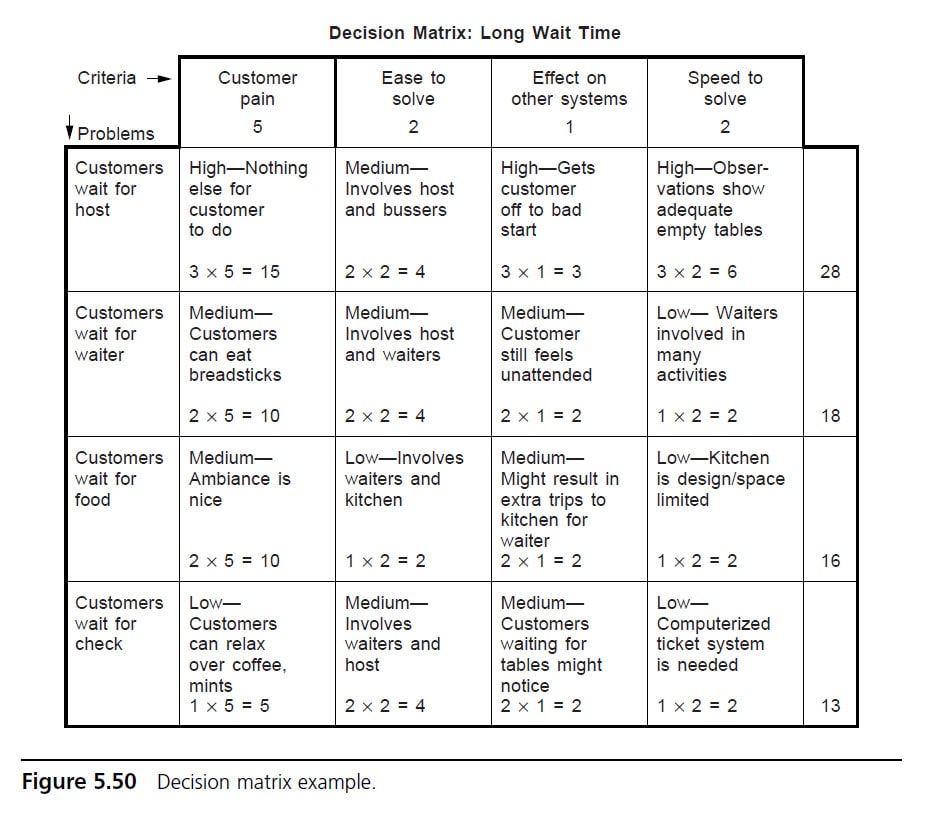There are times under certain circumstances when decisions must be made. Whether you are the head of a relatively small business or director in a larger corporation, the decisions you make will determine in the long-term, whether your business fails or succeeds.

Making good decisions in the workplace requires following certain procedures which will allow you proffer solutions by considering evidence, weighing every available alternative and deciding on a course of action. One major feature of such team and managerial decision making methods is that it allows leaders and managers to make a review at the end to determine if their choice had been the right one or not.
In order to make the right decisions, there are a number of business tools for decision making. For example, Sinnaps, project management software, allows managers to optimize workflows and simulate different scenarios.
Índice
Steps in Effective Decision Making Process
(How to make business decisions)
A lot of considerations are often involved in an organizational decision making processes. Below are the most effective and highly used decision making steps.
- Identify the problem
Before a decision can be made, a problem must be identified which it must seeks to address. If the problem is misunderstood, then the decision made would invariably be wrong. To avoid getting it all wrong, it is therefore incipient to take a critical look at what constitutes the underlying problem.
- Gather relevant facts and information
It is important to put together, relevant pieces of information as bothering on the problem. This will be useful in the next step to come.
- Evaluate alternatives
As the problem is identified, there may be various approach which may seem to be right for this problem. Therefore, to know which is best, managers must evaluate each possible decision with its relevant alternative to see how such a choice would be useful in solving the problem.
- Weigh the evidence and eliminate previous mistakes
Once you have looked at the available alternatives, it now remains to consider what methods had been used before, what outcomes they produced – if they were effective or negating, as well as consider what approach was used by other businesses that are succeeding.
- Choose among an alternative
After identifying the problem and gathering relevant information, considering various alternatives and weighing the pros and cons, you may then proceed to make an informed decision.
- Take action
Once a decision has been reached, the next step therefore will entail developing a plan which will make your decision tangible and achievable.
- Review your decision
Haven made a decision, managers, leaders or heads of organizations must wait for a pre-determined period of time, and then undertake a review of their decision to see if it is yielding the desired result.
Related links…
Agile Sprint for making effective business decisions
Advantages and Disadvantages of Group Decision Making
Collaborative effort in decision making is known as collaborative/ team decision making. It allows entire members of a team to make contributions towards arriving at a particular decision. This activity entails participative and quick decision making process, which means that decisions are arrived at through consensus.
Advantages
- Promote synergy between team members
Considering decisions are being made by collective effort, it would feature a judgement that is far keener than that which is made by a single individual.
- Prompts information sharing among group members, encouraging participatory and quick decision making
Disadvantages
- Diffusion in responsibility leads to lack of accountability
- Lower efficiency
Group decision making processes tend to take longer time than it would otherwise require for a single individual, given the requisite participation, discussion, and conclusion, among other steps.
- Loss of perspective
Group members may become loyal to the group such that they reach consensus decision without critical consideration of other necessary alternatives.
Strategic Decision Making in Business
Various types of decision making processes are available to help managers pick between difficult choices for the common good of the organization.
One of the best ways to improve decision making is using in workplaces is to employ strategic decision making ideas. Strategic decisions entail long term, complex decisions often made by senior management, and are often what drives the entire direction of the business of firm.
Related links…
Collaborative Work Environment
Decision Making Tools and Examples
Several elements contribute greatly to the success of any organization, and one of the most critical of them all is decision making. In order to make the right decisions. There are a number of business tools for decision making that managers, entrepreneur and teams can use.
- Sinnaps Project Management Tool
Sinnaps tool is an essential tool in business. It enables entrepreneurs, managers and the likes to gather information, analyze facts and plan strategically to implement the right strategies for effective decision making having weighed the advantages from all available alternatives.
Create Simulations in Test Mode with Sinnaps and make effective decisions in your projects
- SWOT Analysis
This is often used for strategic planning and decision making in businesses. This enable entrepreneur to maximize the strength of the organization, considering possible threats before taking action.

- Decision Matrix
This tool allows managers to analytically analyze all available options and alternatives giving room for ideal and up-to-date decision making.

Decision making in planning requires that the problem be critically analyzed, considering every relevant piece of information as is made available, and there are many tools which can be leveraged upon to help leaders, small business owners, entrepreneurs and managers undertake effective decision making to achieve set goals and objectives.

